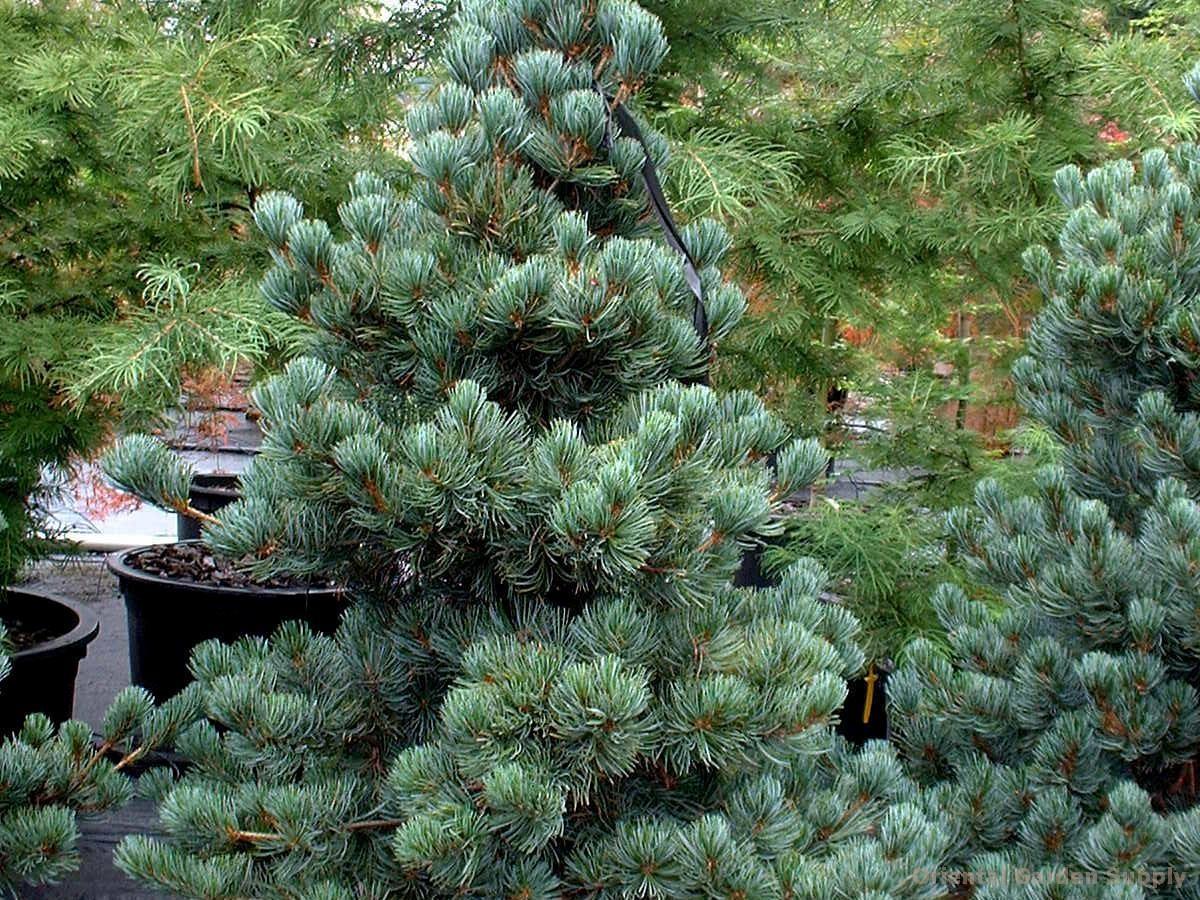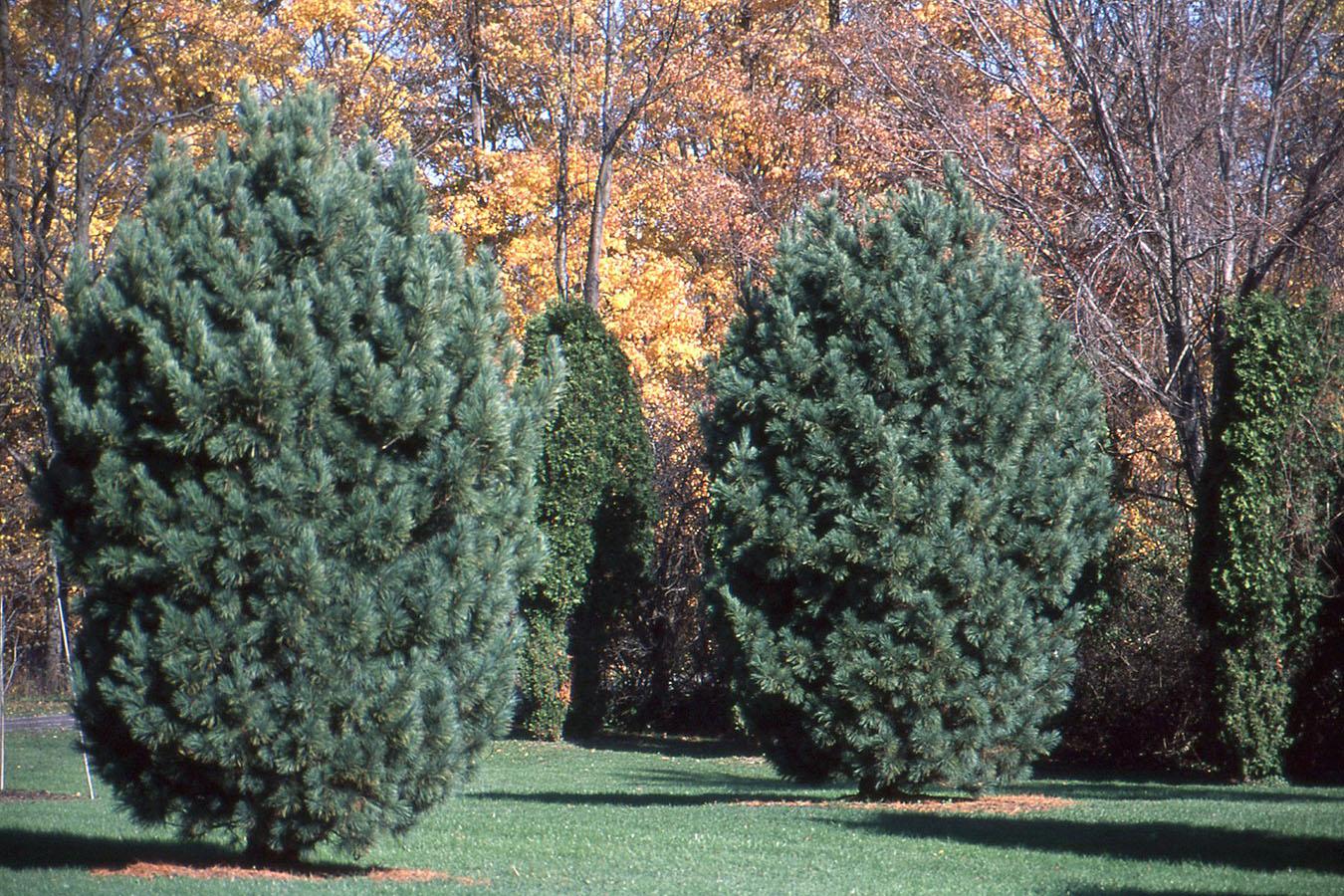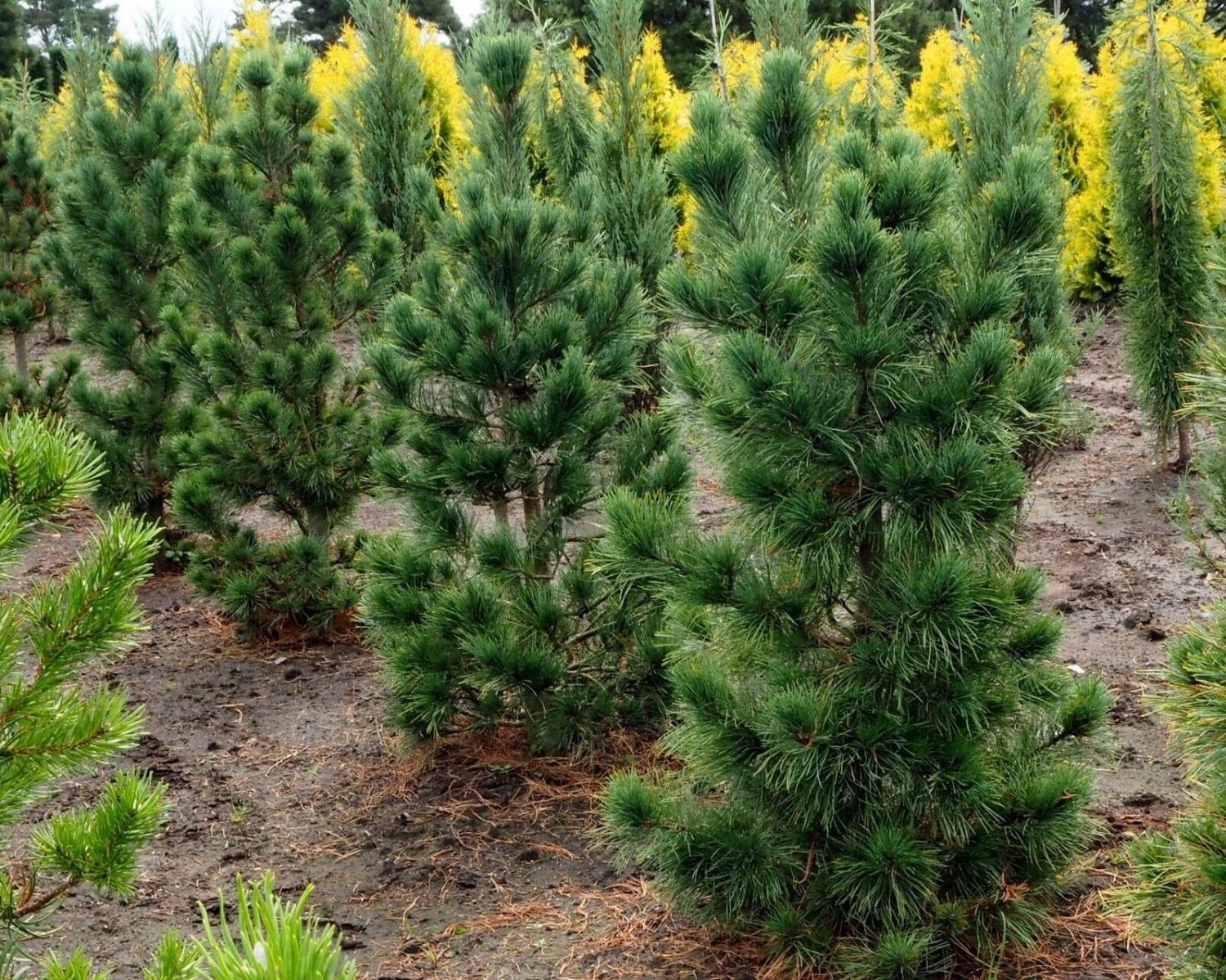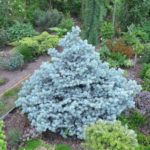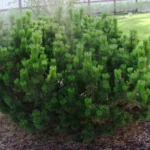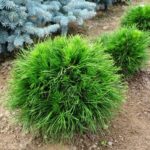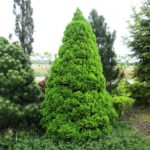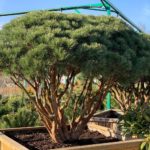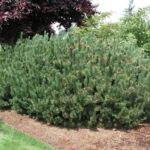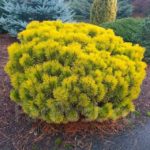Cedar pine Glauka is a very ornamental plant that remains attractive all year round. This crop is distinguished by long dark green needles with beautiful gray stripes. This conifer is characterized by slow growth and increases by a maximum of 10 centimeters per year. It is characterized by a decorative wide-conical crown. Due to its attractive appearance, the plant is often used in landscape design.
Background information about the tree
Glauka pine is considered a dwarf variety, which by the age of 30 increases to 3 meters in height.Ephedra is characterized by weak growth rate. Its growth is a maximum of 3-4 centimeters. The dwarf culture Compact has a pyramidal crown, which is formed from shortened dense branches of a brown-blue color. They are covered with beautiful needles. In adulthood, the crown changes its shape slightly and becomes more cone-shaped.
Pine of this variety is characterized by long needles measuring 8-10 centimeters, which form bundles of 5 pieces. At the same time, the needles are quite thick, hard and prickly. The decorative properties of the crop are associated with its delicate bluish-emerald color and silvery tint. It is worth noting that the shade is directly determined by the acidity of the soil on the site. By the age of 10, the plant acquires a lush crown, which reaches a volume of 2 meters. Over the course of a year, it increases by 5-8 centimeters.
Additional decorativeness is observed during the formation of cones. On adult shoots more than 8-10 years old, cones with shortened petioles are formed. They are distinguished by their neat ovoid shape and small size - about 5 centimeters. At the ripening stage, the fruits have a purple-violet hue. At the same time, fully ripe cones are characterized by a light brown cover. They can appear singly or form bundles of 2-3 pieces.
How to plant it
It is better to plant European cedar pine in the spring, when the soil temperature is +10 degrees. If planted earlier, there is a risk that the crop will not take root. When purchasing seedlings, you need to carefully inspect them. It is important to ensure that there are no cracks, plaque or stains on their surface. All this suggests that the planting material is spoiled.When it is moved into open ground, there is a risk of the tree dying within 1-2 years.
It is recommended to plant pine in a well-lit area. The tree can also grow in partial shade. However, in this case it will be 1-2 meters lower. Cedar pine is considered not too demanding on the composition of the soil, so it can be planted in clay, sandy or sandy loam soil.
To carry out planting work, it is recommended to do the following:
- Dig a hole measuring 50 centimeters and 70 centimeters wide.
- Place a drainage layer of at least 10 centimeters at the bottom. To do this, you should use expanded clay or crushed brick.
- Place a layer of nutrient soil on the drainage. To do this, you need to mix peat with turf soil in equal parts.
- Pour 10 liters of water into the hole.
- Place the seedling in the hole and cover it with soil.
- Leave the root collar on the surface of the soil so that it provides the root system with air and nutrients.
- Water the plant. 10 liters of water are required per seedling.
Growing instructions
To grow a healthy crop, it requires proper care. Pine is characterized by drought resistance. It needs watering only in the spring - at the stage of bud formation. Feeding should be moderate. It is also important to loosen the substrate and remove weeds.
Watering: how and when
The crop needs to be watered not very often, but abundantly. In spring, the tree most of all needs a sufficient amount of moisture. At this stage, it is necessary to pour 30 liters of water under each crop.Irrigation of the crown should be done every 2 weeks. Subsequently, watering the plant is required at intervals of 1 month. For each crop you need to pour at least 20 liters of water. The crown is also watered monthly with a hose. This helps get rid of parasites and dust.
Loosening and mulching
Every week the top layer of soil needs to be loosened. This needs to be done with high-quality gardening tools. It is allowed to go deeper by a maximum of 10 centimeters. This will help get rid of the top crust, which prevents nutrients from reaching the roots.
Before the arrival of cold weather, the soil should be covered with a mulch layer. This is done in October. To do this, you need to mix straw with humus in equal parts and spread it out in an even layer 20 centimeters thick. Thanks to this, it will be possible to protect the plants from frost and moisture evaporation.
Does it need to be trimmed?
In autumn and winter, it is necessary to break out the side buds to form a crown. It is also permissible to prune shoots that deviate from the general shape of the crop. The procedure must be performed before the growing season begins, so as not to provoke weakening of the plant.
Sanitary pruning is recommended in the spring. This is done before the sap begins to flow. In this case, it is necessary to remove dry, diseased and damaged branches. Otherwise, the shoots will take up a large amount of nutrients. This will lead to dryness of the crown and needles.
Diseases and pests
Cedar pine Glauka often suffers from fungal infections. Rust is considered the most dangerous disease. It manifests itself in the form of dryness and redness of the needles. To cope with the problem, you need to use a solution of copper sulfate. To do this, you need to mix 20 grams of the product with 10 liters of water.Spraying of trees is carried out at intervals of 3 weeks.
Application of the variety
Glauka pine looks great as a tapeworm and in combination with other crops. It can be used to decorate Japanese-style gardens and place them in park areas. The plant is also perfect for rocky gardens or rockeries.
Cedar pine Glauka is a very decorative crop that has a beautiful appearance. To get a strong and healthy plant, you need to take good care of it.

